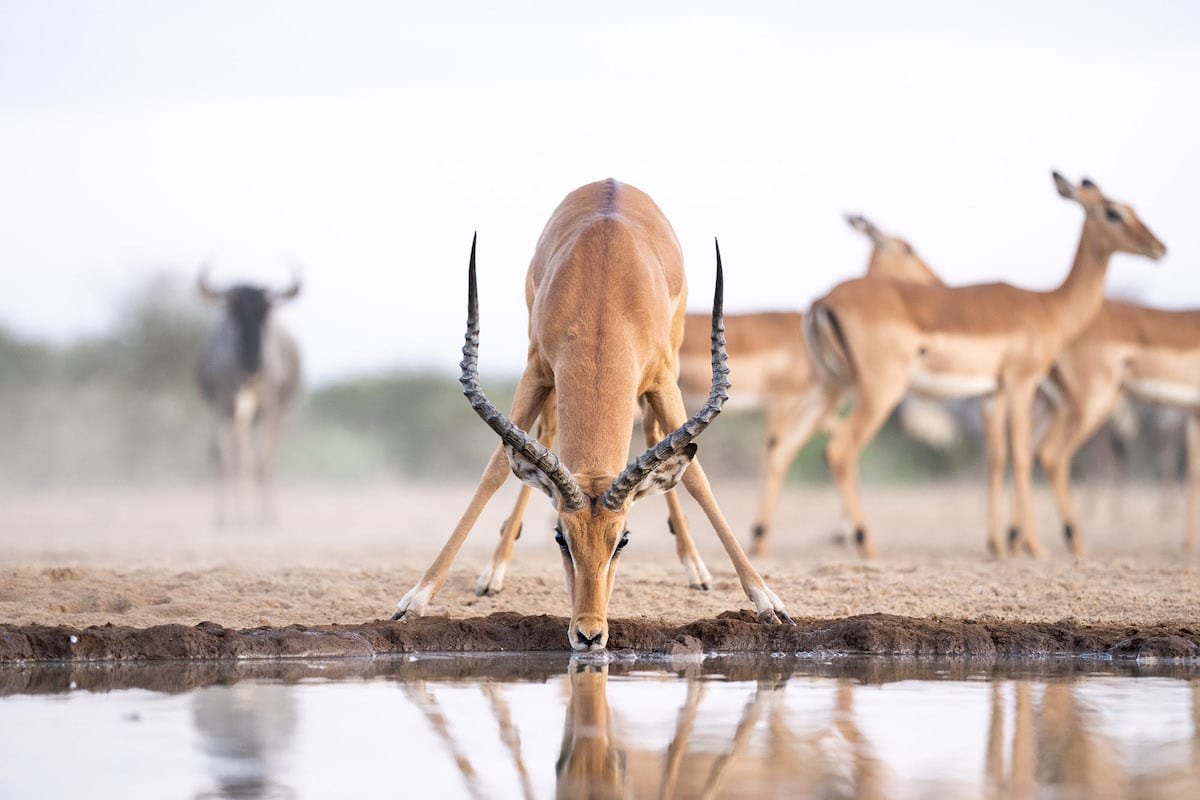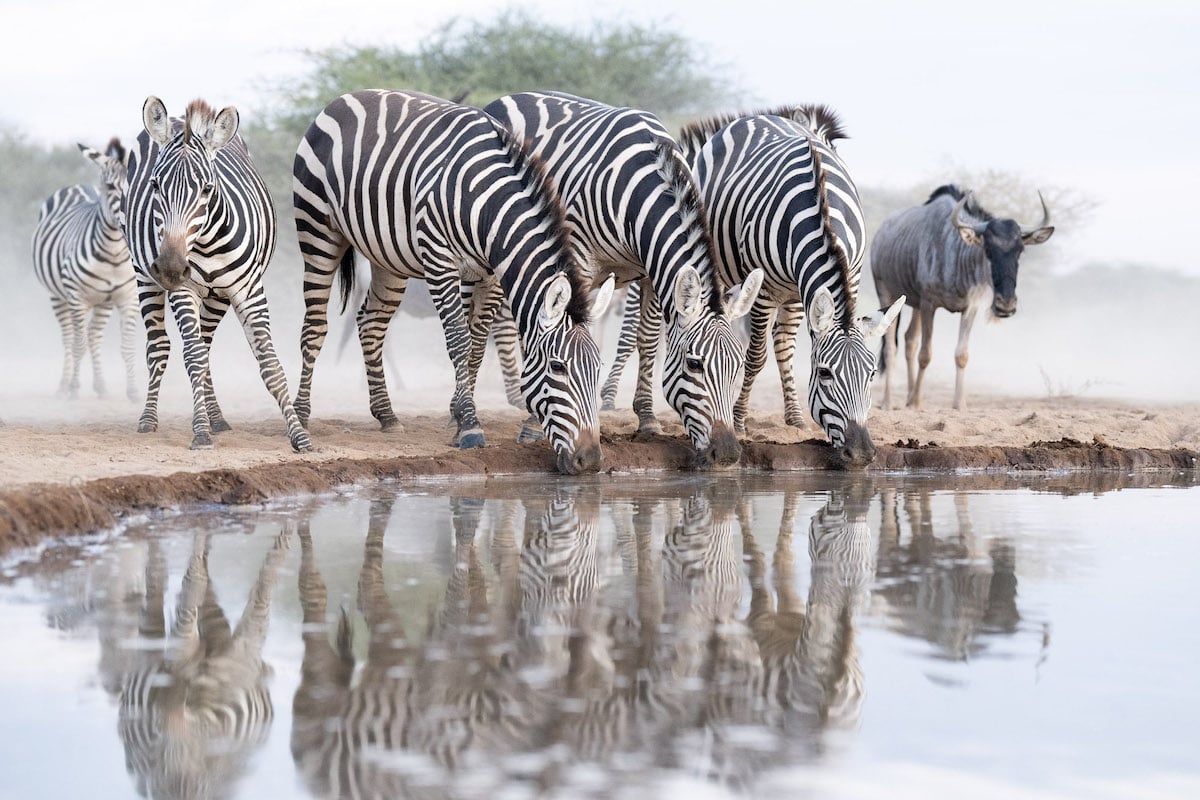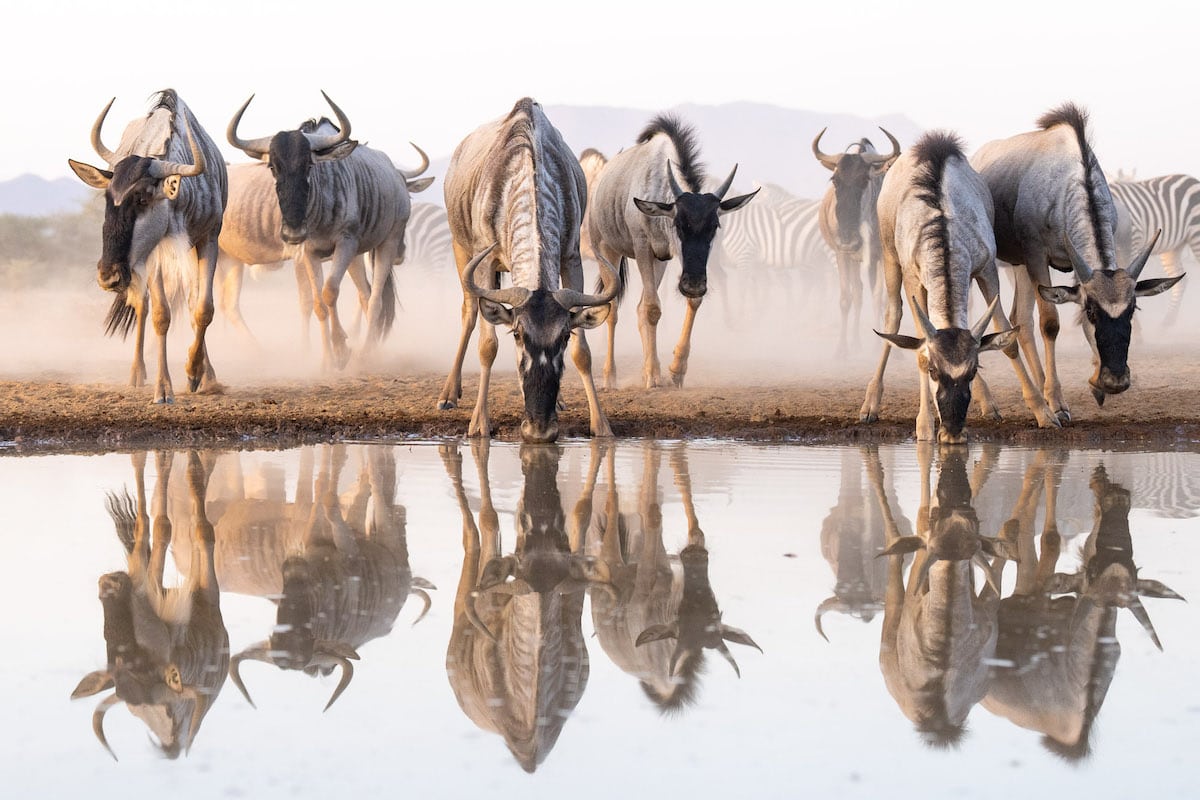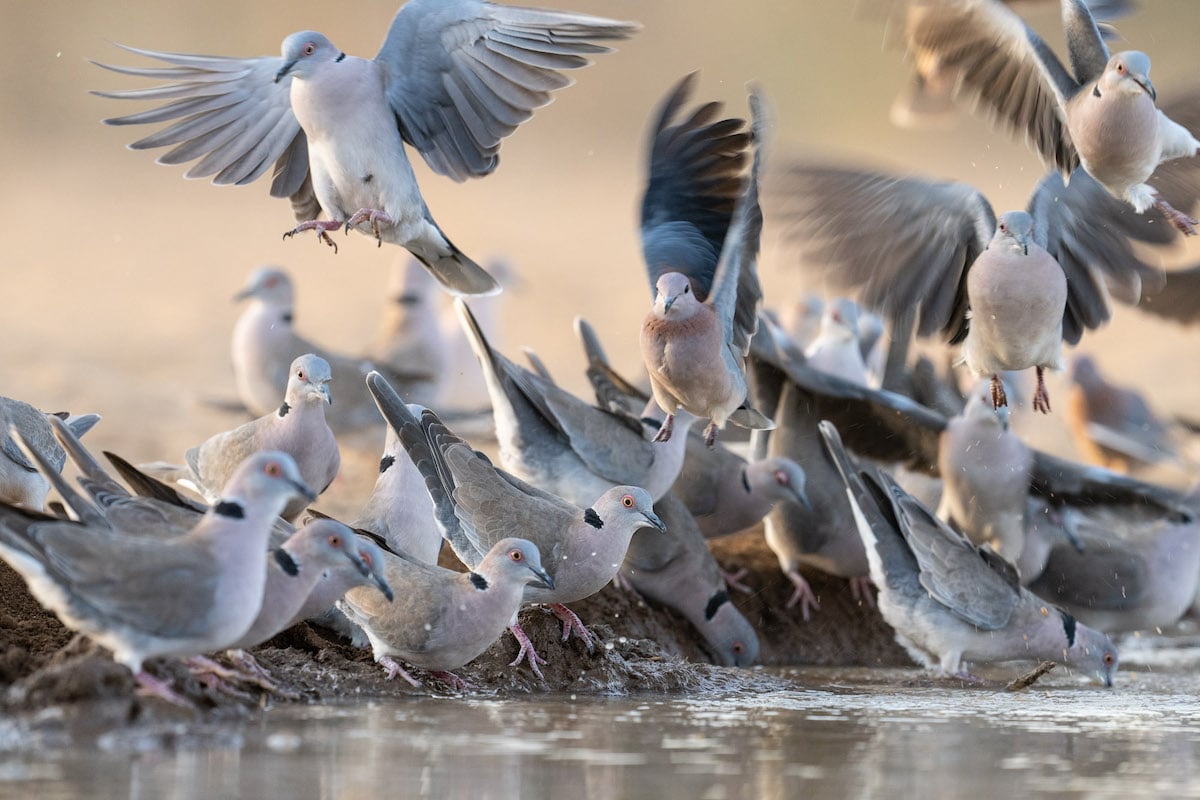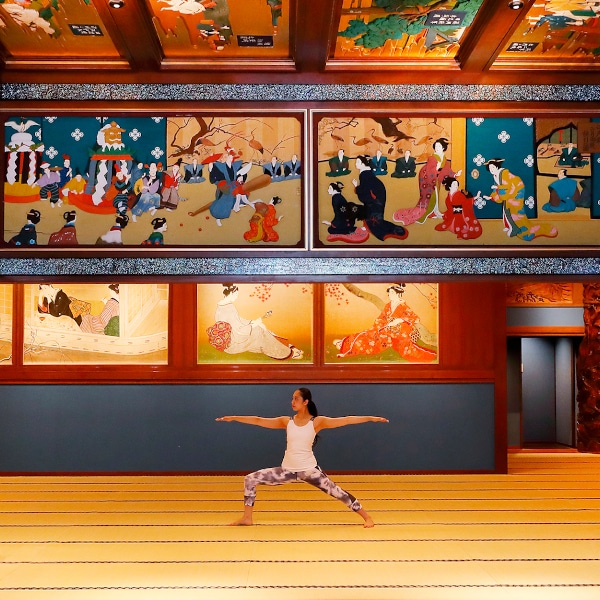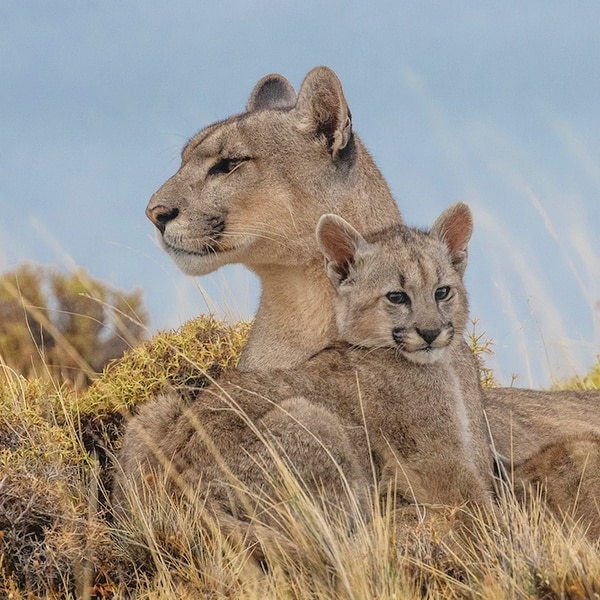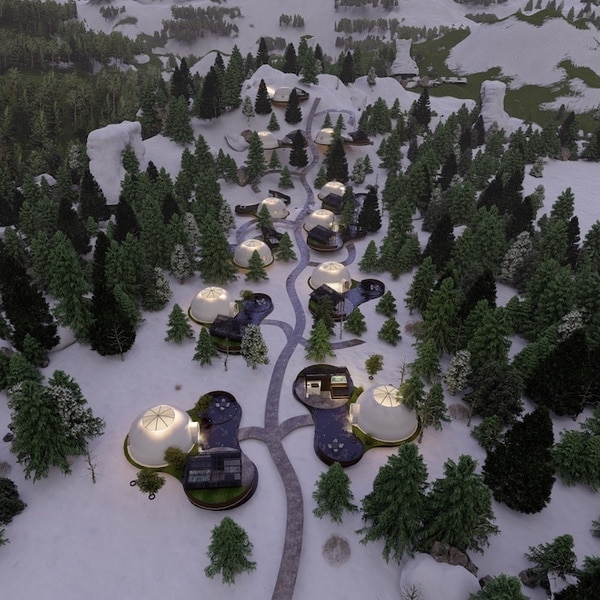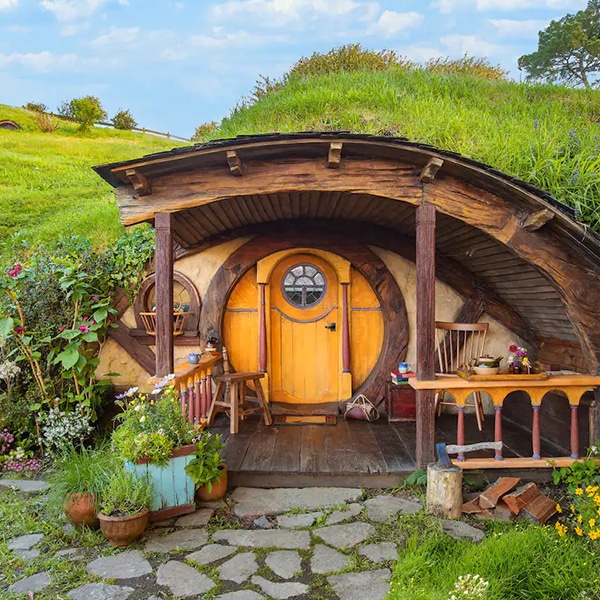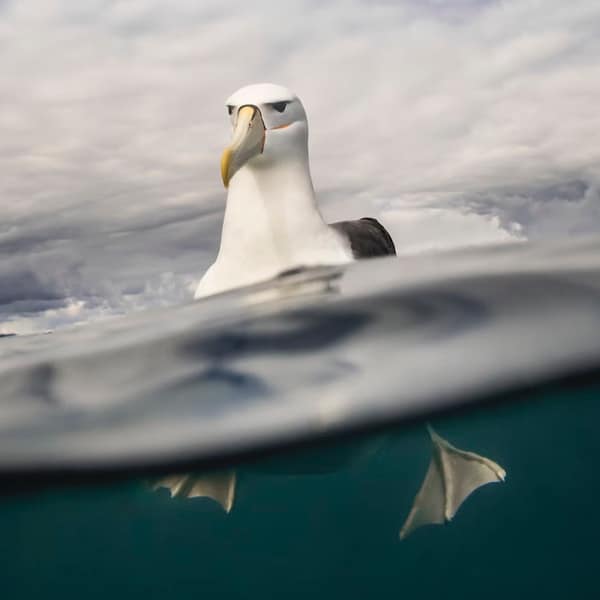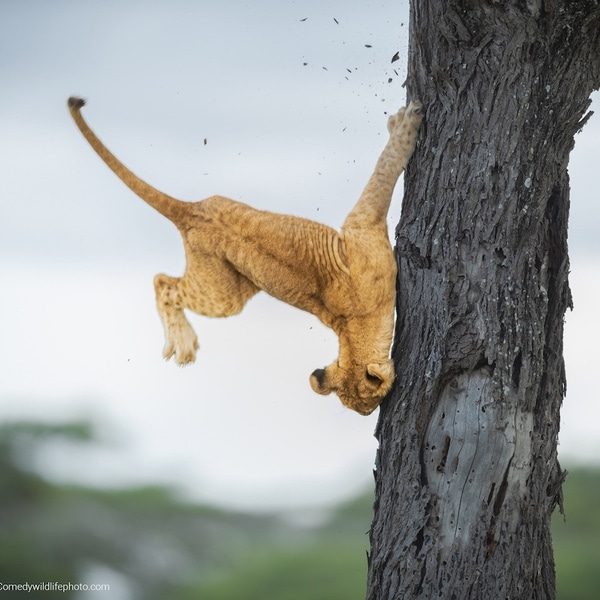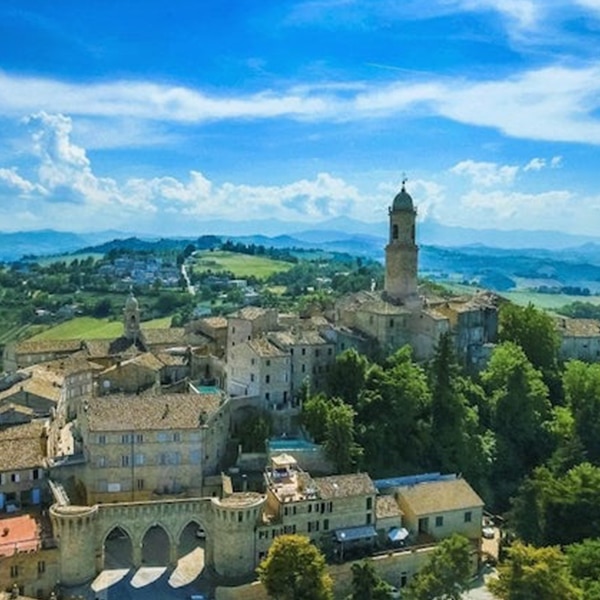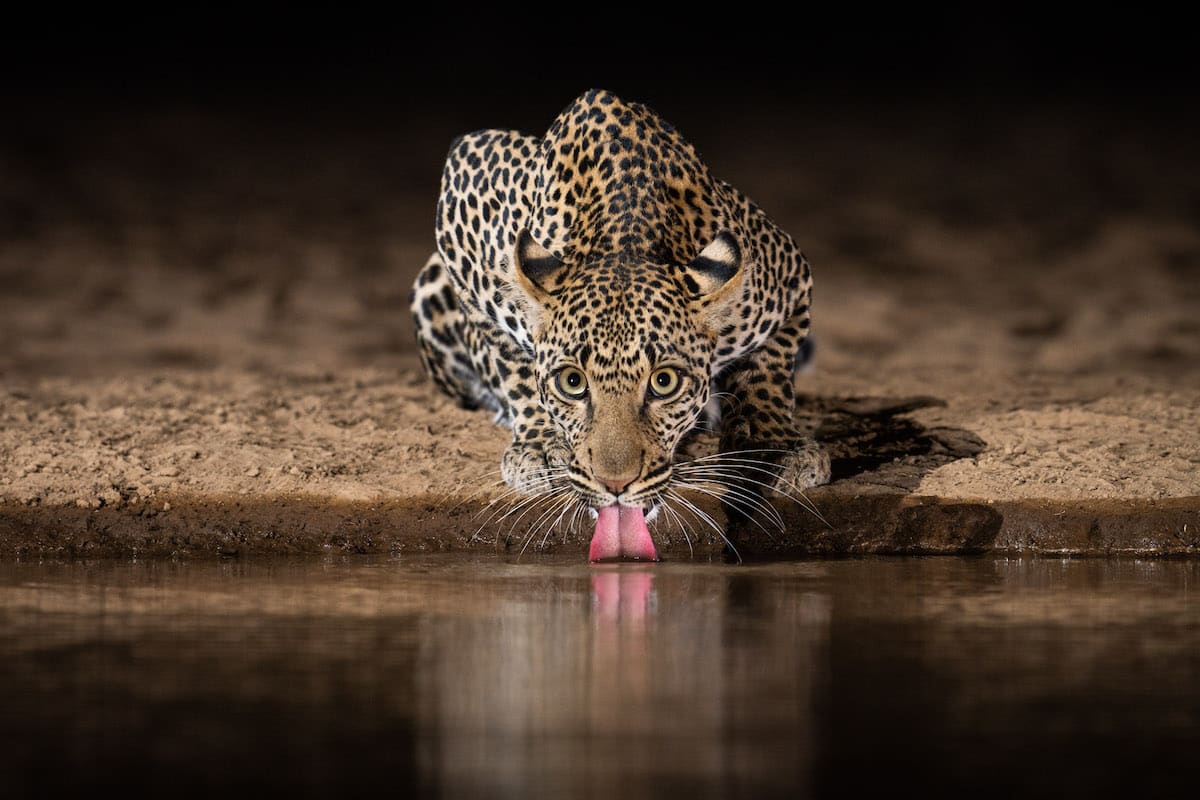
Wildlife photographer Will Burrard-Lucas is known for his ingenious use of camera traps to photograph animals in Africa. Over the past two years, he's spent a significant amount of time at Kenya's Shompole Wilderness Camp. During that time, he has gotten to know the grounds quite well, including how the land really comes alive at night. Thanks to this knowledge, he was able to help the camp, which is owned by the local Maasai community, expand its offerings.
The daytime heat creates a dry, dusty environment that can make it difficult to find wildlife to photograph. But, in an article on his blog, Burrard-Lucas explains how he first came to realize the rich variety of wildlife that roams Shompole's terrain after dark. During an evening drive with SORALO, a community organization that provides locals with information about dangerous wildlife in order to drive down human/wildlife conflict, the accomplished photographer spotted many rare species.
These animals were attracted to a small watering hole that supported an incredible variety of life. Burrard-Lucas set up one of his camera traps at the watering hole and was astonished to see the zebras, leopards, porcupines, and wildebeest that spent the evening hours hydrating there.
That's when an idea was born. The Maasai who own the Shompole Wilderness Camp benefit from tourism revenue while they take care of the environment and use the land sustainably. What if they could offer a new experience to their visitors while also giving animals another source of water?
The Shompole Hide is a manmade watering hole far from other sources of water. Along with the watering hole, the team—under the guidance of Burrard-Lucas—built a hide where people could observe and photograph the animals as they came to drink. Not long after the watering hole took shape, Burrard-Lucas set up a camera trap to see what the animals thought of their new source of water.
To everyone's delight, just a few days later it was clear that Shompole Hide was a success. After some experimentation in the hide, Burrard-Lucas was then able to photograph a steady stream of wildlife enjoying the new water source. Lions, hyenas, leopards, baboons, and many different species of birds were just some of the animals he observed.
Thanks to a three-mile pipeline with a solar pump, the watering hole will stay full for all the animals to enjoy. The hide, which is made from two shipping containers, has large observation windows with a 270-degree view, as well as a toilet and fold-down beds. A flexible lighting system is currently being installed and when it is ready, photographers will be able to light the watering hole from any angle.
Burrard-Lucas is thrilled with the result and is excited to see how photographers make use of the facility. “Every session in the hide generates a contribution to the local community,” he writes. “Shompole Hide’s journey is just beginning, and I can’t wait to see what comes next.”
Wildlife photographer Will Burrard-Lucas has spent a significant amount of time at Kenya's Shompole Wilderness Camp, which is owned by the Maasai community.
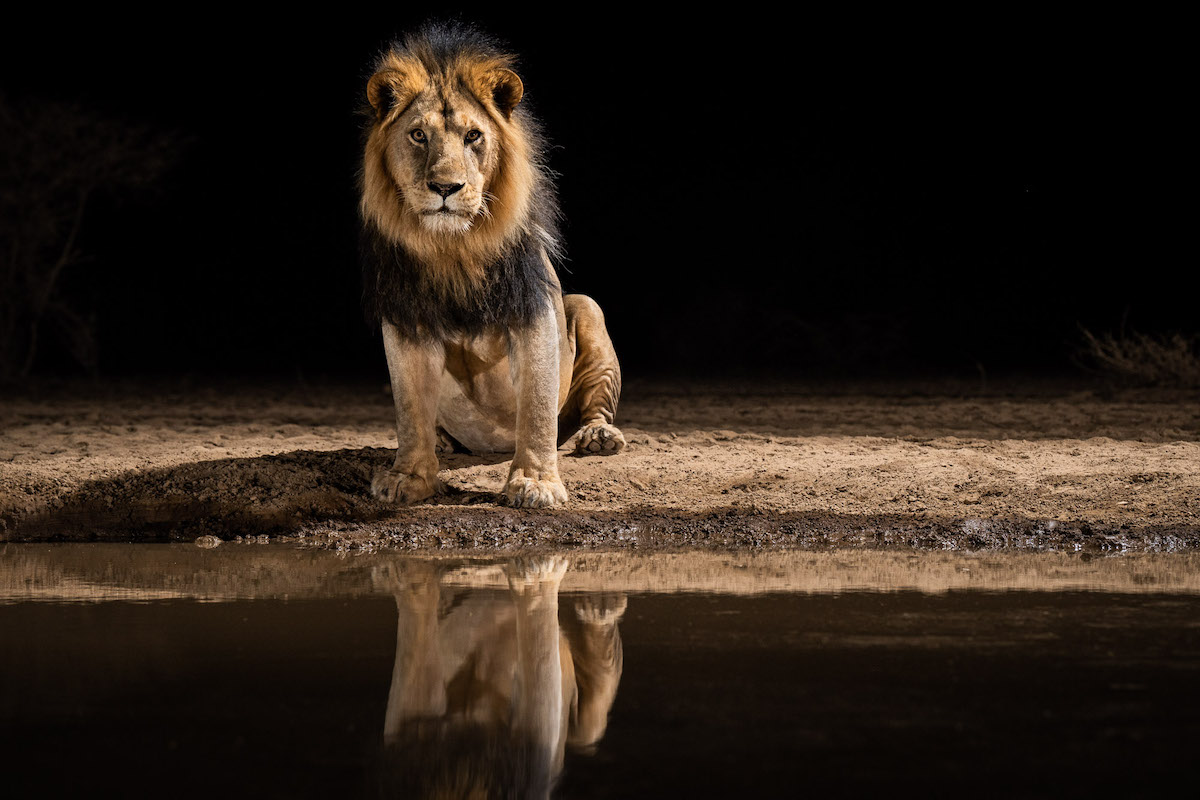
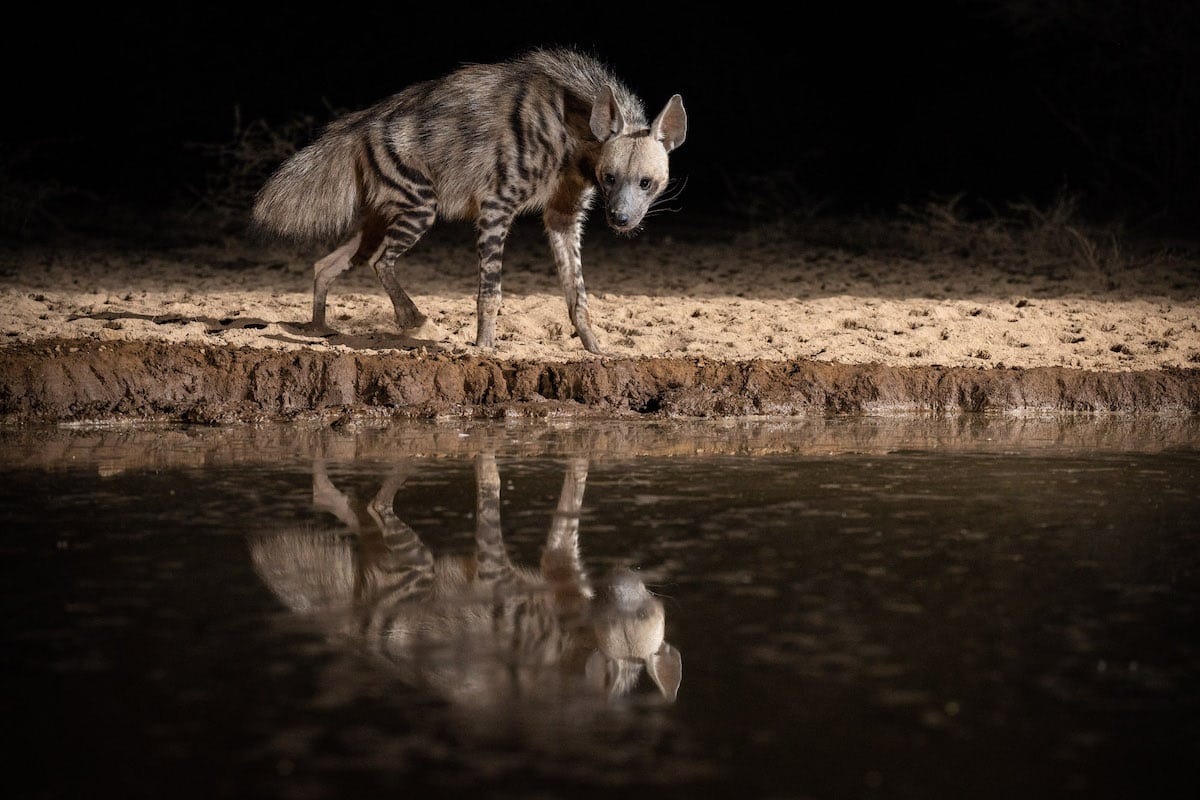
After setting up a camera trap at a watering hole, he was amazed at the variety of wildlife that came out to drink at night.
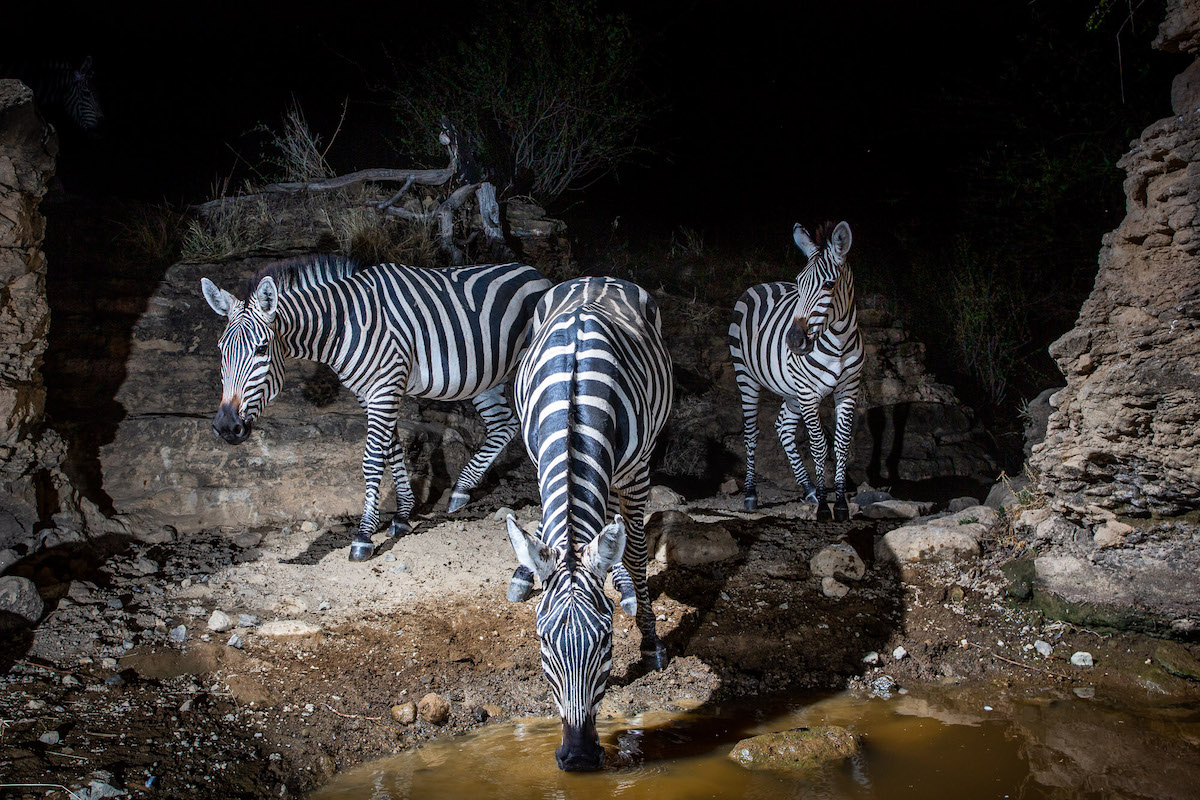
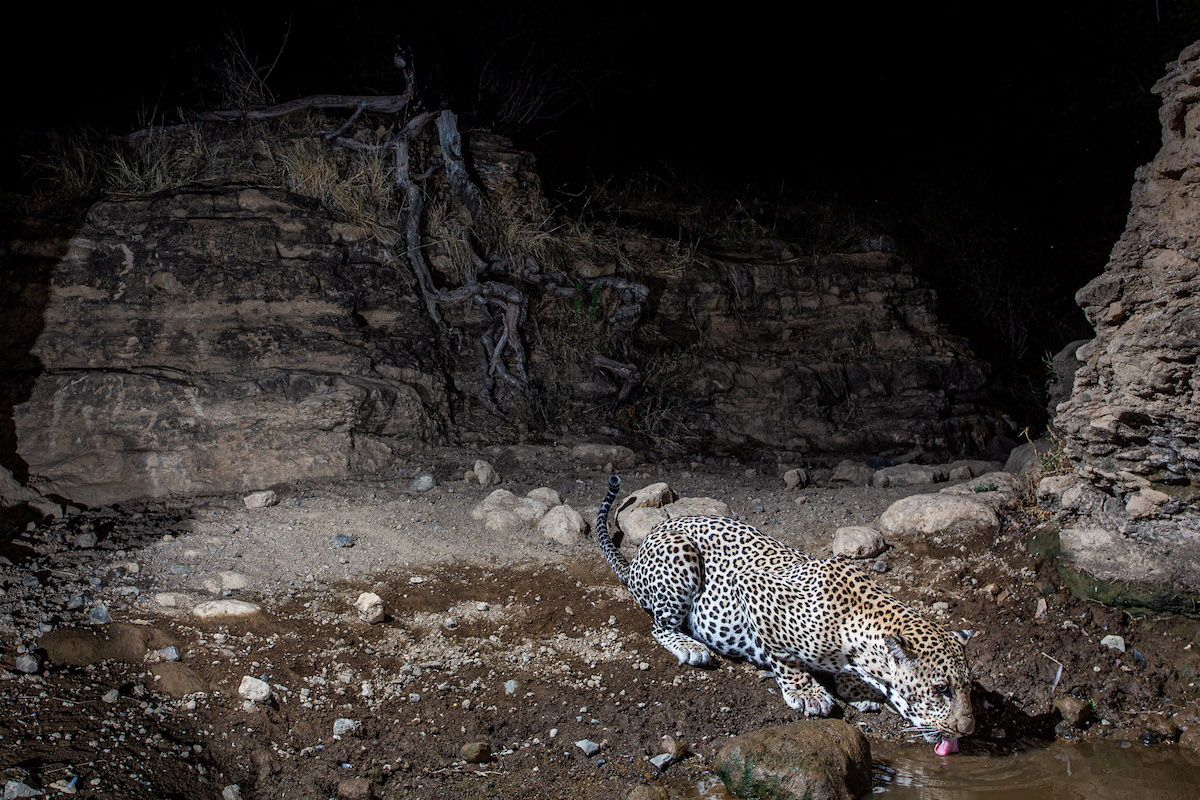
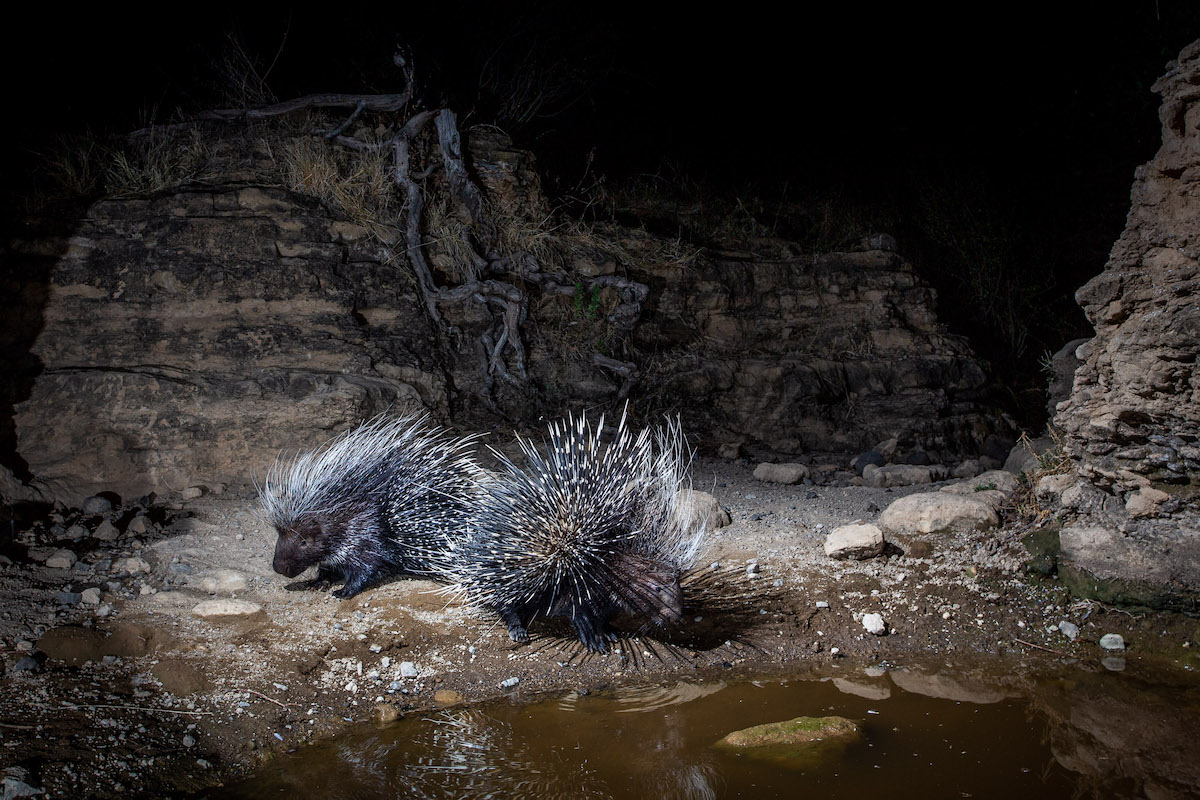
This sparked the idea for the Shompole Hide, a manmade watering hole with an observation hide for photographers.
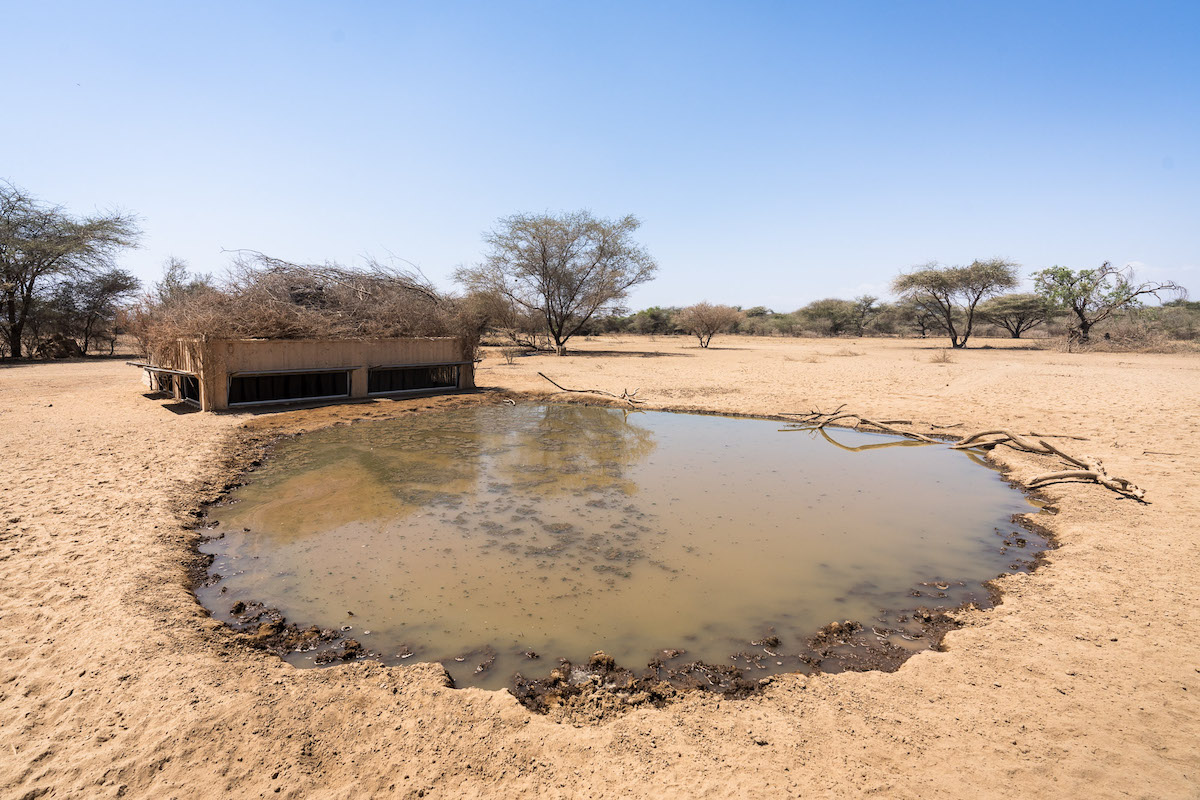
Located nearly three miles from the nearest water source, animals soon began to flock to the hide.
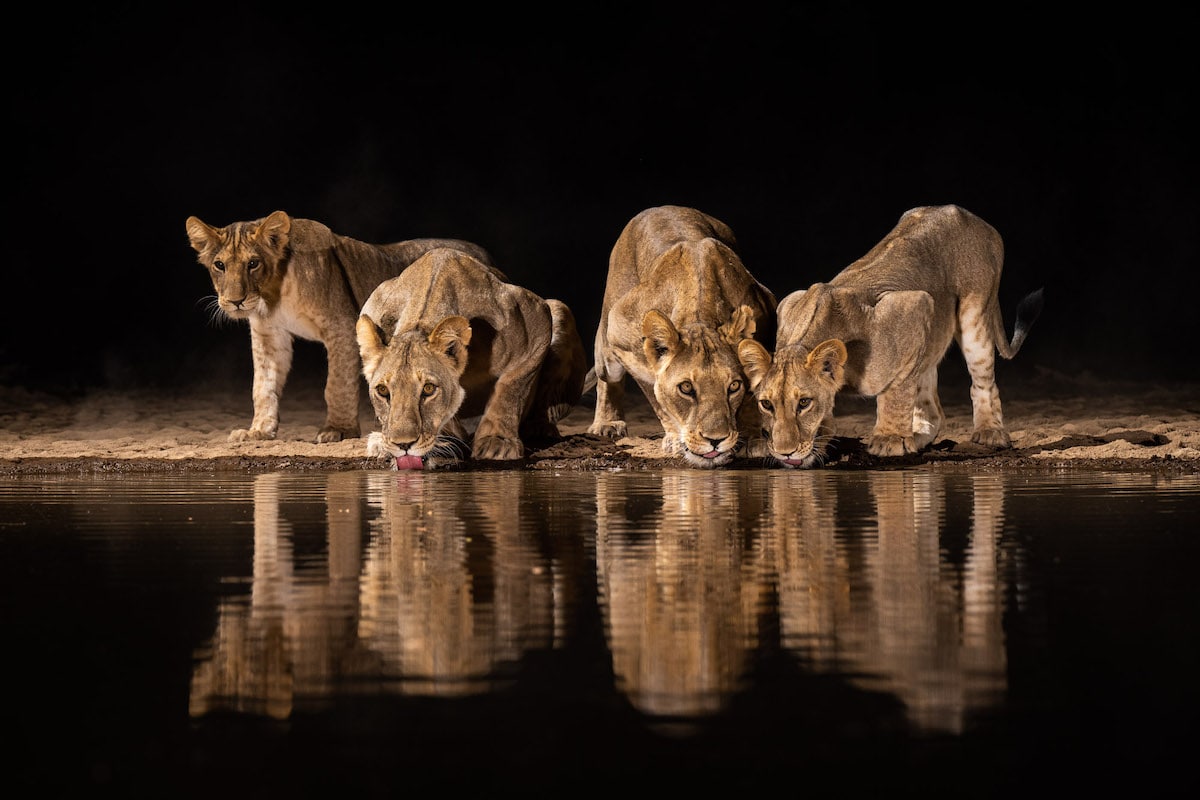
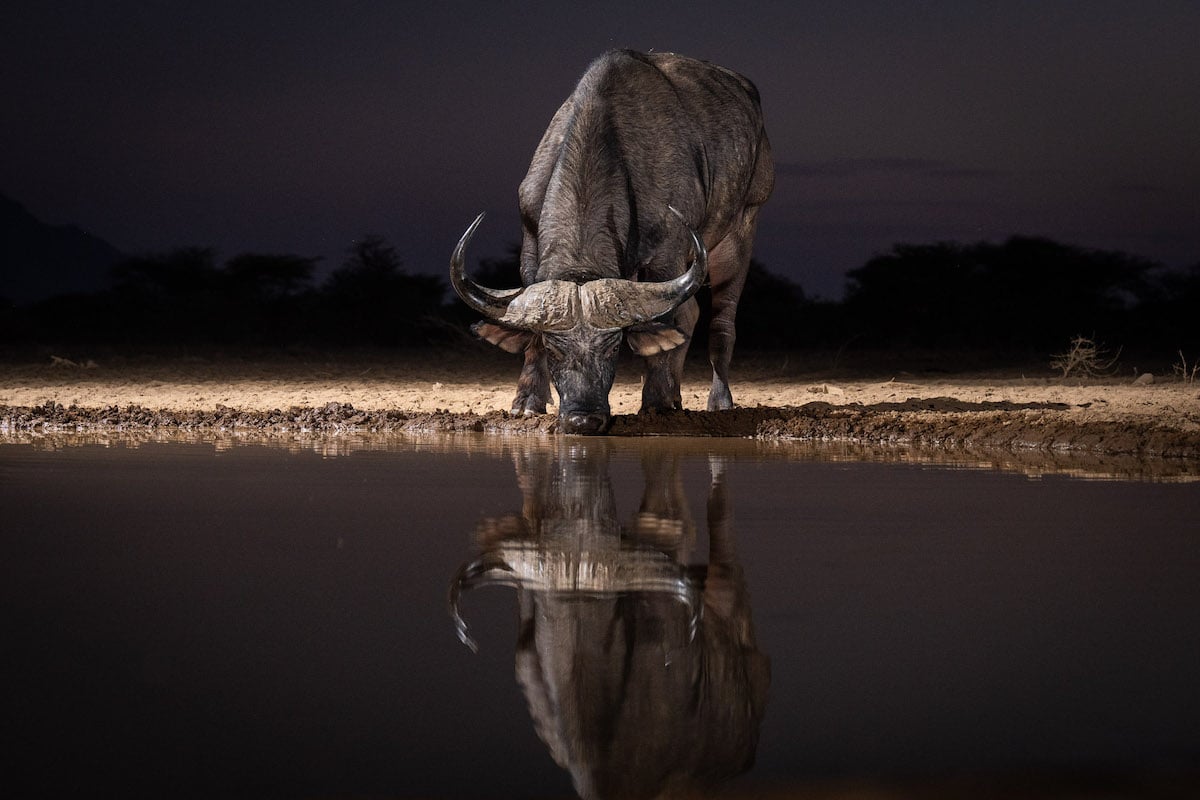
Burrard-Lucas, who lent his expertise to help perfect the hide, was thrilled by the African wildlife he observed.
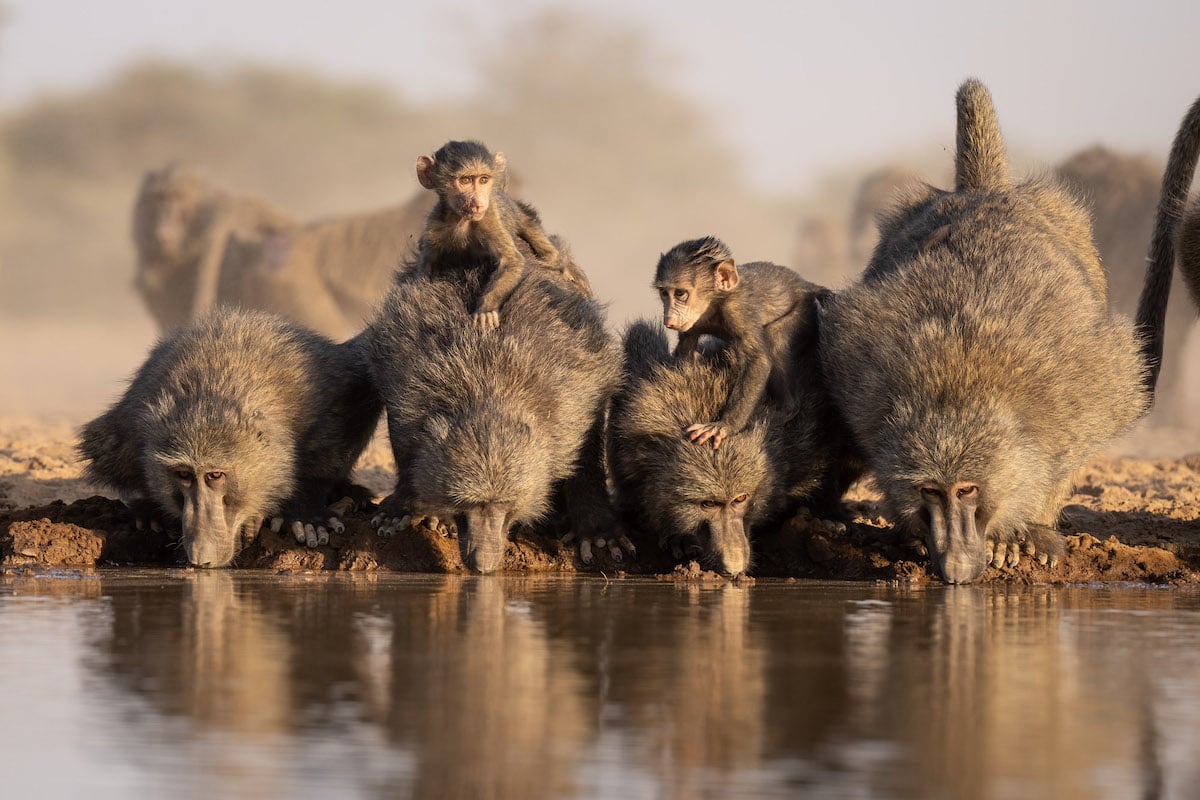
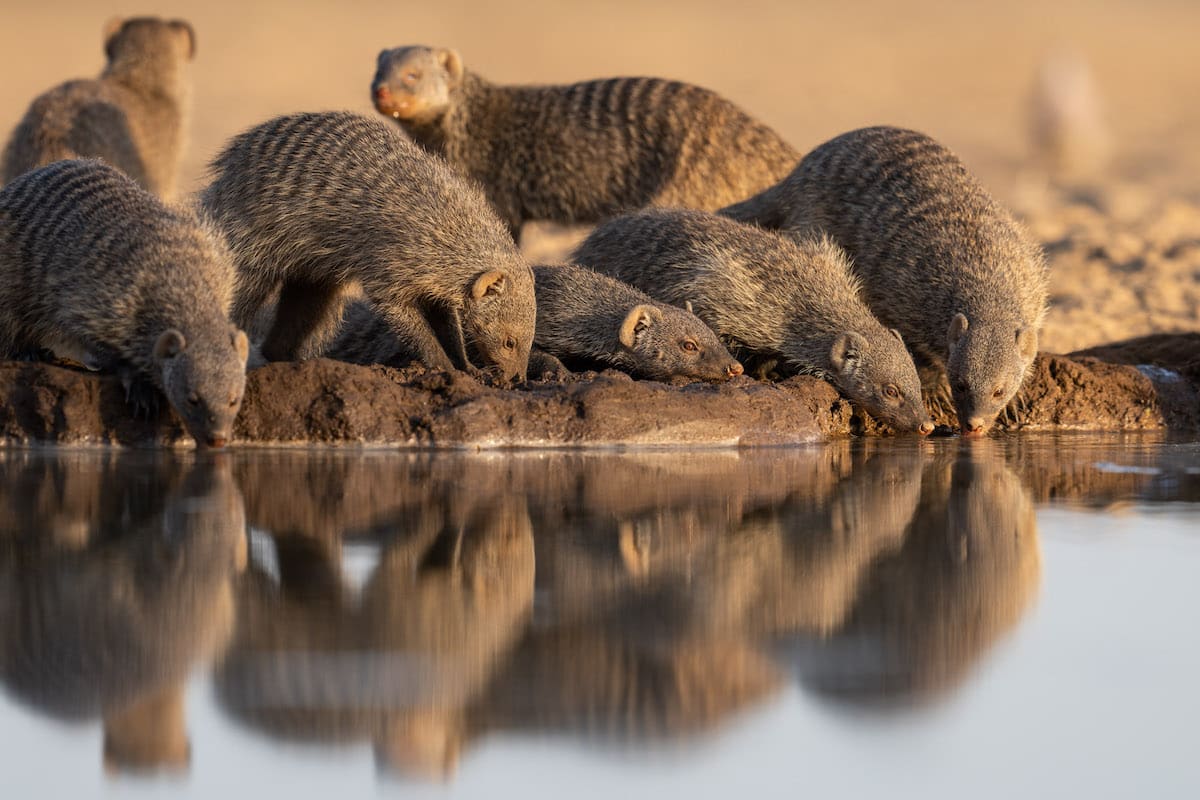
Now visitors to Shompole Wilderness Camp can partake in the experience, while also giving back to the local community.
